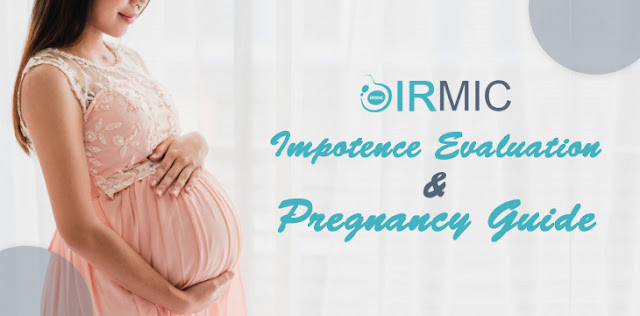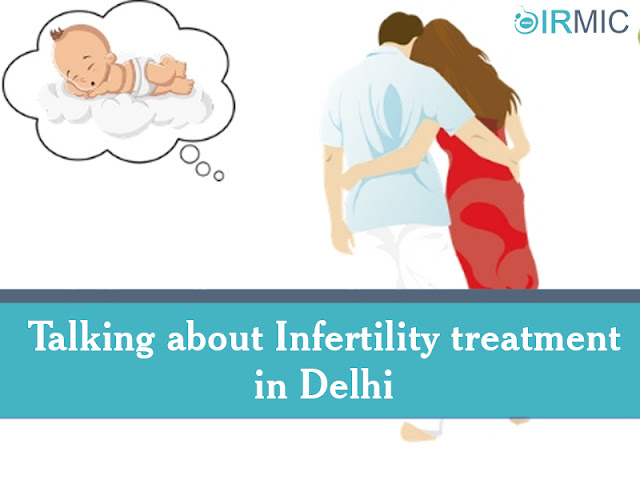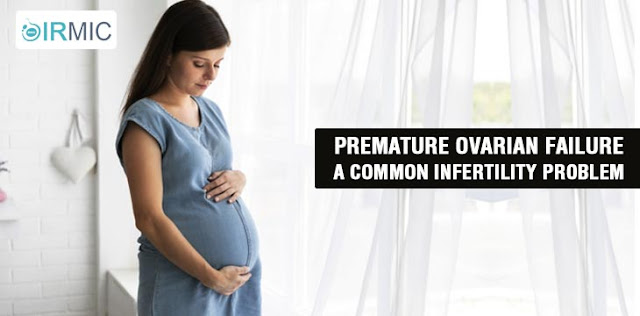Impotence Evaluation & Pregnancy Guide
Everyone has a strong urge to have a child at some point throughout their lifetime. Knowing what defines normal fertility is crucial in helping a person, or couple, know when it is time to solicit help. Couples achieve pregnancy within a year of trying whereas when it comes to Infertility, it is characterized as the failure to conceive within 12 months of coitus.
Conditions when Pregnancy Guidance is Needed
There are several scenarios where one may be encouraged to seek help earlier. Like, if there are infrequent menstrual periods especially when ovulation of the egg occurs approximately 2 weeks before the start of the next period. Even if a woman has cycles at intervals of greater than 35 days, it may symbolize that she is not ovulating an egg predictably. Therefore, we suggest an evaluation if menstrual cycles are infrequent or irregular in a couple attempting pregnancy.
In women of the age of 35 years or older the egg numbers decrease at a rapid rate as women ages. Furthermore, egg quality or the likelihood of an egg being genetically normal decreases. In such events, we recommend a fertility evaluation if a couple has been attempting pregnancy for 6 months or more when the woman is 35 years of age or older.
In addition to that, a history of pelvic infections or sexually transmitted diseases such as chlamydia or gonorrhea can create swelling and permanent scarring of the fallopian tubes. If there is a presence of open tubes which is essential for natural conception, it is highly recommended to have an immediate evaluation for the pair attempting fertility especially when they have a prior history of pelvic infection.
There are even cases of uterine fibroids or endometrial polyps’ uterine abnormalities, such as fibroids that indent the endometrial cavity and endometrial polyps which can impair how the endometrium and embryo interact to lower implantation and pregnancy rates.
These anomalies can also cause abnormal bleeding between menstrual cycles. The Assessment should be tracked by 6 months of attempted pregnancy in women with a known history of these abnormalities or a history of bleeding between menstrual cycles.
The main approach to correcting or removing these uterine abnormalities is by hysteroscopy, a surgical method by which a narrow scope with a camera is placed within the uterine cavity. Tools can be introduced through the hysteroscope, enabling the surgeon to remove or correct any anatomic abnormalities.
There are cases of male abnormalities as well. These factors are such as semen abnormalities. In case a male partner has a history of infertility with a prior partner, or if there are abnormalities on his semen analysis, then we advise earlier fertility evaluation, ideally within 6 months of attempting pregnancy.
Treatment for Infertility
In vitro fertilization (IVF) is one of the best solutions for infertility if every method fails. It involves fertilization outside the body in an artificial environment. Across the years, the methods to achieve IVF pregnancy have become increasingly simpler, safer and more successful.
There are numerous simple steps involved in In Vitro-fertilization. Let us discuss some of such stimulations of the ovary to produce several fertilizable oocytes (eggs); retrieval of the oocytes from the ovary; fertilization of the oocytes and culture of the embryos in the IVF laboratory; placement of the embryos into the uterus for implantation (embryo transfer or ET).
Resource Box:
Best infertility treatment can be provided at the Institute of Reproductive Medicine & IVF Centre under Dr. (Brig), RK Sharma. The couple who have been trying to conceive from more than 18 months, can consult, get thoroughly diagnosed and can get the required treatment.




Comments
Post a Comment